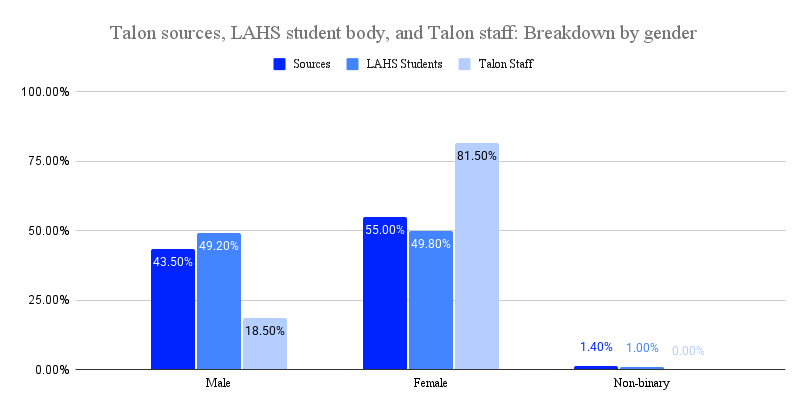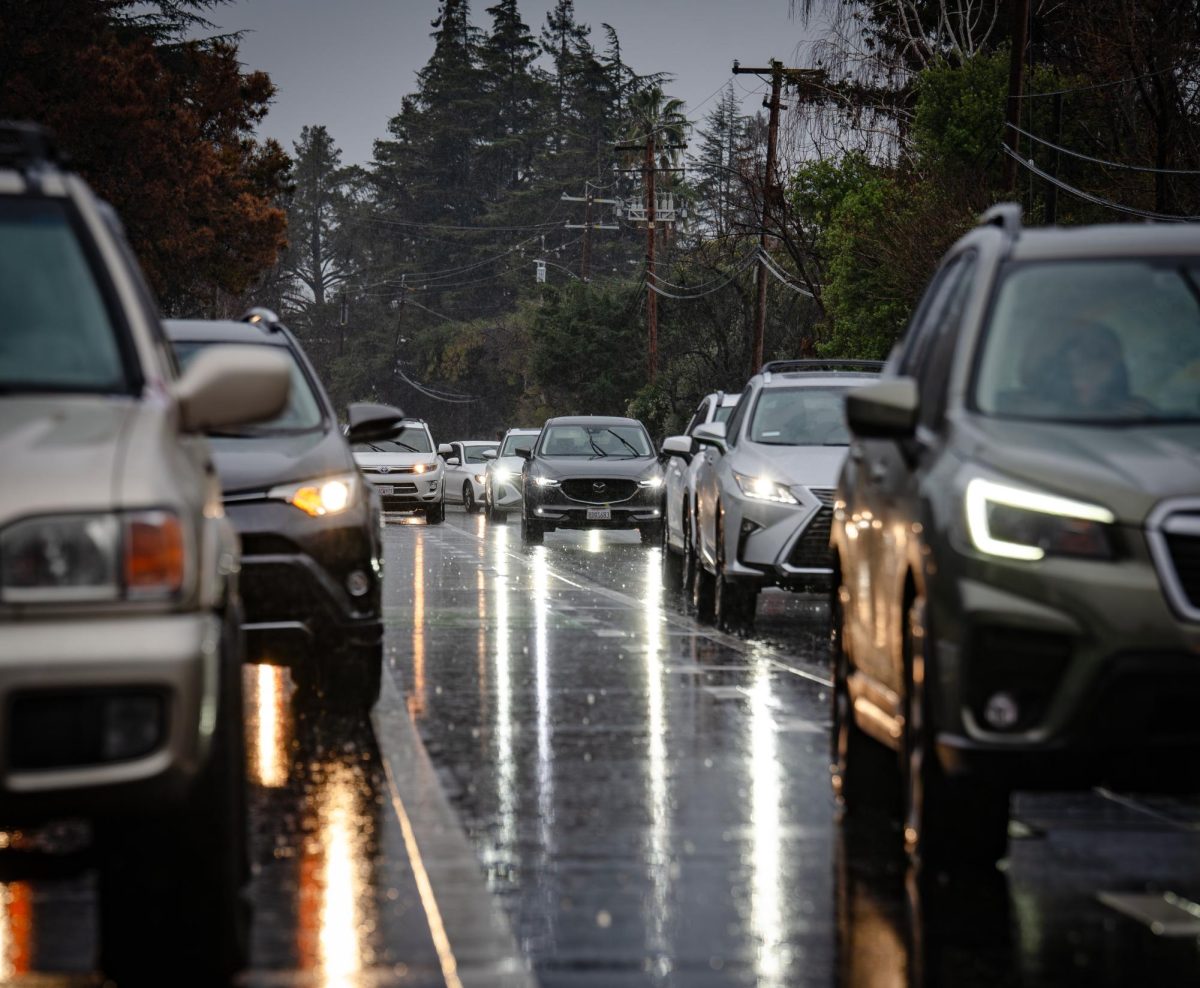Each year, parking permit distribution generates grumbles and complaints from the student body. There are only so many parking spaces, after all.
Regardless, we want to commend the administration for their efforts. Despite having to navigate a system inherently riddled with grumpy teenagers, they’ve consistently made strides toward more equal distribution. Just last year, permits only went to seniors outside a designated boundary. This year, students of all grade levels were sorted into categories based on location and additional circumstances. It was a move that not only offered the opportunity for non-seniors to receive a permit, but also took into consideration extenuating factors that put some more in need of a permit than others.
The three main criteria taken into consideration were location (whether or not students were within the boundary), grade level (and school, for freestyle students), and additional circumstances such as needing to drop off siblings. From there, students in need of permits were assigned into one of five categories: seniors outside the boundary, juniors outside the boundary, freestyle students, seniors inside the boundary with circumstances, and juniors inside the boundary with circumstances. Certain groups, such as seniors who lived outside the boundary, were given priority over others.
For the most part, this system worked well. Half of the seniors in the top priority category received permits, followed by a quarter of juniors living outside the boundary. Instead of pre-assigning an equal number of spots in each category, people in prioritized groups were proportionally given more permits. For example, a 183–81 ratio of seniors from outside the boundary applied for and got a permit, while the ratio for juniors inside the boundary with circumstances was only 15–1.
Still, this shouldn’t be a reason to stop improving how permits are given out. This is a far cry from a perfect system.
First, there is no way to account for students lying. Student dishonesty isn’t something fully in the administration’s control, but it’s still a factor that negatively impacts others. Someone who lied about having to drop off two siblings every day before going to school, and got a permit, meant someone else who really did have to drop off two siblings every day, didn’t. Whether this looks like requiring a parent email or mandating proof that siblings do exist, the administration needs to do better at accounting for dishonesty.
Beyond that, whether or not students are outside or within the drawn boundary is currently the only delineation of distance between those who do and don’t need permits. In this sense, the purpose of having a selection process to distribute permits — to provide permits to those who need it the most — can be better achieved with more specific boundaries. Why limit it to a single-drawn border? After all, someone living just outside the boundary shouldn’t get the same priority as someone living four miles away.
Additionally, out of the eight Freestyle students who applied for a parking permit, only five of them actually received one. Freestyle students travel between LAHS and Freestyle Academy every day, which is a 4–mile drive, one way. Thus, even if they live within the boundary, Freestyle students should get a parking permit.
The administration can make these students. But we, the students, also need to play our part. It’s up to us to contribute to a healthier community. Make this process more equitable by maintaining integrity. After all, we’re all part of LAHS — let’s look out for each other.








